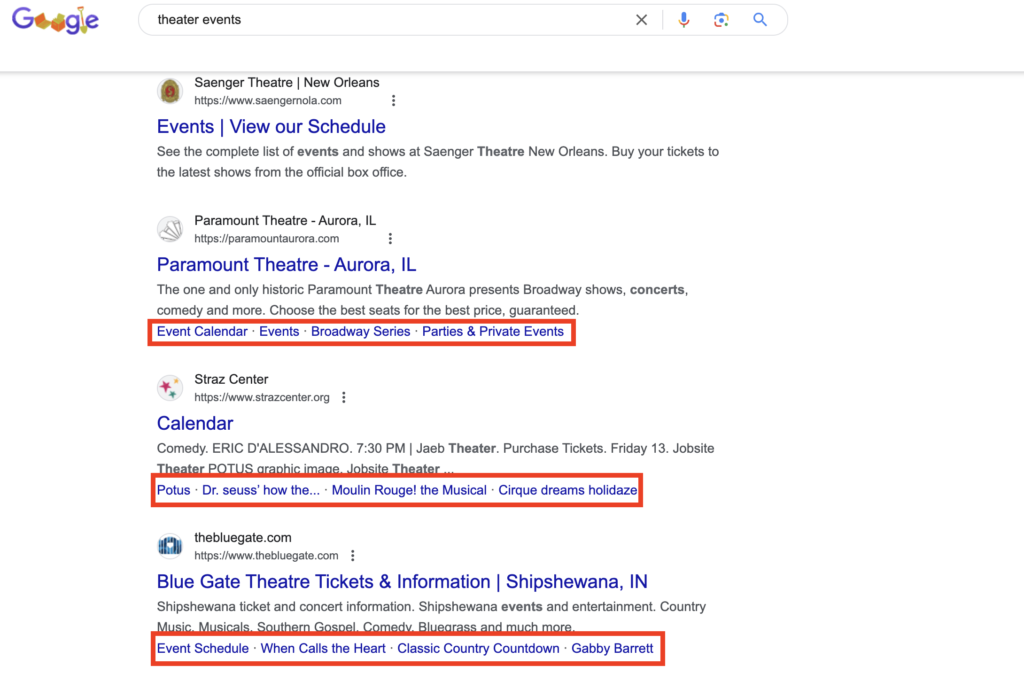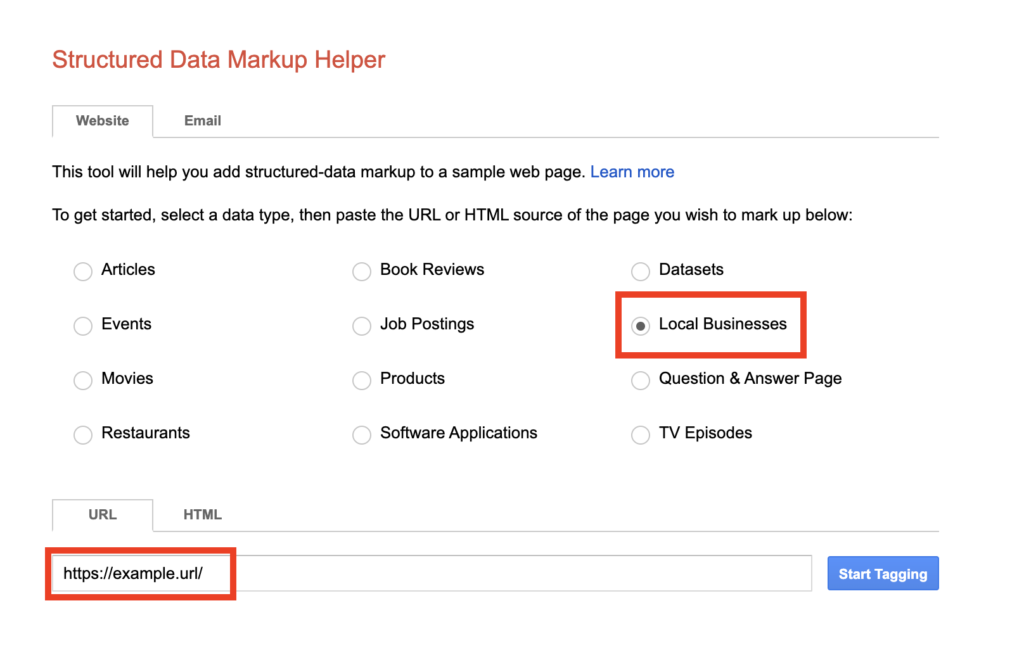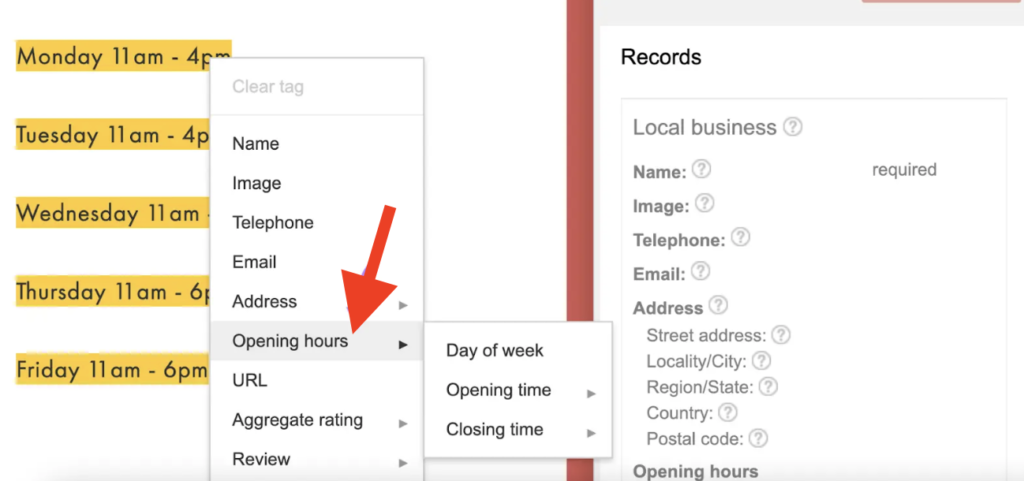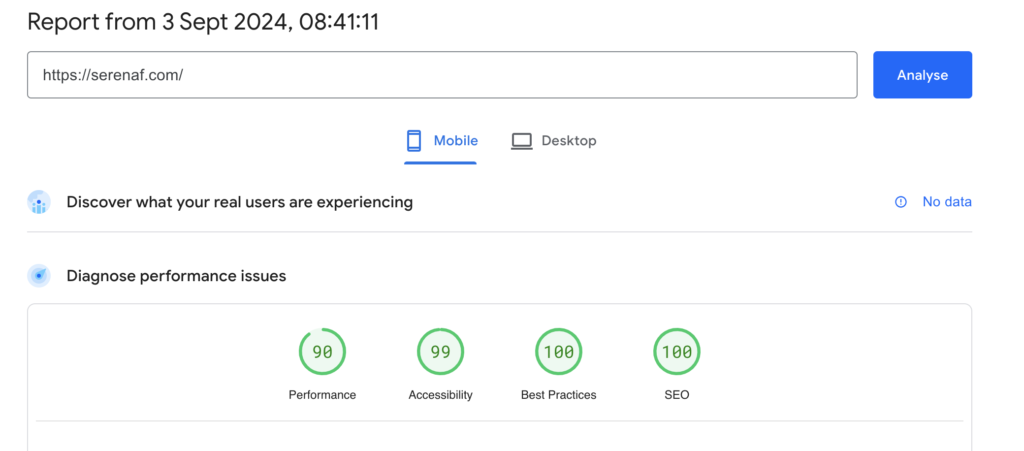In today’s digital landscape, local search rankings are more critical than ever for businesses looking to attract nearby customers.
Did you know that 46% of all Google searches are seeking local information?
That means if you’re not optimizing your online presence for local SEO, you’re missing out on a huge opportunity to connect with potential customers right in your area.
Whether you’re a small business owner or a marketer looking to enhance local visibility, mastering local search rankings can set you apart from the competition! This article will walk you through 7 practical tips that can help you climb the local search ranks and drive more traffic to your business.
Let’s get started!
What are the 7+ Tips for Improving Your Local Search Rankings?
- Optimize Your Google My Business Listing
- Use Local Keywords Effectively
- Build Local Citations and Backlinks
- Focus on Local Content Marketing
- Implement Local Business Schema to Your Website
- Integrate Google Maps location to your website
- Enhance Mobile Performance
Optimize Your Google My Business Listing
Optimizing your Google My Business (GMB) listing is crucial if you want to stand out in local search results. Here are 4 tips I’ve picked up that can help you boost your visibility on Google:
1. Complete Every Section of Your Profile
This is probably the most fundamental step, but you’d be surprised how many people miss it. Google gives priority to complete profiles, and by filling out every section—from your business hours and phone number to services and products—you’re signaling to Google that your business is active and ready for customers. Don’t forget to choose the most relevant categories for your business; the more specific, the better. For example, instead of just “restaurant,” go for “vegan restaurant” or “Mexican street food.”
2. Encourage Customer Reviews and Respond to Them
Customer reviews are gold. Most happy customers are more than willing to leave a positive review if you make it easy for them: just ask politely. And when you get reviews—good or bad—make sure to respond. Thank customers for their feedback and address any concerns professionally. This interaction not only builds customer loyalty but also shows Google that you’re engaged with your audience.
3. Write a Compelling Description That Includes Local Keywords
Your business description is a prime spot for local SEO. When writing mine, I initially made the mistake of being too general, thinking broad appeal was the way to go. But what actually works better is being specific and including local keywords. For instance, instead of saying “We offer great coffee,” try “We serve freshly brewed coffee in downtown Portland, using locally sourced beans.” This not only tells people what makes you unique but also helps you rank higher for searches related to your location.
4. Keep Your Information Up-to-Date
This one seems obvious, but it’s easy to overlook. Make sure your information, like hours, address, and contact details, is always current. This is especially important for seasonal changes or unexpected closures. An outdated listing can lead to frustrated customers and negative reviews, which is the last thing you want.
Use Local Keywords Effectively
First things first: local keywords are search terms that include a specific location, like “best coffee shop in Austin” or “plumber near me.” These keywords are crucial for any local business because they help you reach people who are actually looking for your services in your area.
How to find Local Keywords
To find the right local keywords, you need to do a bit of detective work. I use tools like Ubersuggest or Ahrefs—these are lifesavers for discovering what people are actually searching for.
Related: How to do Local Keyword Research
Log in to these tools and start researching by combining your main keywords with location-based phrases. For example:
- Main topic + city: “Personal Trainer San Francisco”
- Variation + city: “Personal Training Studio San Francisco”
- Main topic + “near me”: “Personal Trainer Near Me”
Enter these combinations into your keyword research tool to generate a list of related keywords and ideas. This process will help you identify several variations of your main topic combined with your city, alongside important keyword metrics like search volume and keyword difficulty.
Focus on keywords that have a high search volume and low difficulty to maximize your visibility in local search results.
How to Incorporate Local Keywords into Your Content
Okay, so now you’ve got a list of keywords, but how do you incorporate them without sounding like a robot? The key is to weave them in as if you’re chatting with a friend.
For example, instead of stuffing “best coffee shop in Austin” awkwardly into every other sentence, you could say, “If you’re looking for the best coffee shop in Austin, you’ve gotta check out our cozy little corner on Main Street.” It feels more conversational and less like you’re trying to game the system. You want your content to flow, not sound like a list of search terms.
Here’s the basic rule for incorporating keywords into your content:
- Select a main keyword and use it in the following places:
- URL
- Title tag and meta description
- H1 title
- First 100 words of your content
- Alt text of images
- Choose 3-5 related or variant keywords and naturally weave them throughout the content. This helps improve SEO while keeping the text readable and engaging.
For more tips, check out our guide on How to Write SEO-Oriented Texts.
Build Local Citations and Backlinks
To boost your local SEO and get in front of more customers, you’ve got to be proactive about creating a solid foundation online. That’s where consistent NAP (Name, Address, Phone Number) information and high-quality backlinks and citations come into play.
First things first—let’s talk about NAP consistency. I can’t stress enough how important it is to have your Name, Address, and Phone Number exactly the same across all platforms.
One tip I’ve found helpful is to create a document with your NAP info exactly as you want it to appear everywhere. Whenever you’re setting up a new listing or updating information, refer to this document to ensure consistency. It sounds simple, but this small step can prevent a lot of headaches down the road.
How to Build High-Quality Local Backlinks and Citations
Now, onto backlinks and citations—this is where the magic happens. Backlinks are like votes of confidence from other websites, and when those sites are local, it tells Google you’re a trusted part of the community.
However, not all backlinks are created equal. You want high-quality, relevant links from reputable sites. One of the best ways to start building these is by getting listed on local directories. Think about where your local customers might be looking for your services.
For example, if you’re a boutique in Nashville, you’ll want to get listed on directories like Yelp, Yellow Pages, and niche sites like Boutiques.com. These citations help improve your visibility in local search results and can drive traffic directly to your site.
Related: Local SEO Link Building
Example of Directories to Build Citations
- Yelp: A staple for local businesses, Yelp isn’t just for reviews. It’s also a trusted source for local citations. Make sure your profile is complete and matches your NAP info exactly.
- Yellow Pages: It might seem old school, but Yellow Pages still hold a lot of clout in the online directory world.
- Chamber of Commerce: Getting listed on your local Chamber of Commerce website can provide a solid, reputable backlink. This not only boosts your SEO but also shows potential customers that you’re a legitimate part of the community.
In addition to these, think about reaching out to local bloggers or partnering with nearby businesses for cross-promotions.
Focus on Local Content Marketing
When it comes to boosting local SEO, content is still king, but with a twist—it needs to be locally focused. Let’s dive into the types of content that work best for local SEO and how to generate engaging, locally-focused blog posts.
Ideas for Creating Locally-Focused Blog Posts and Videos
When brainstorming ideas for locally focused content, think about what’s unique to your area and how you can provide value to your community.
- “Best of” lists: Create lists like “The Best Native Plants for a Thriving Garden in [Your City]” to showcase local expertise and naturally incorporate local keywords.
- Guides or how-to articles: Write about topics specific to your location, such as “How to Stay Fit During the Harsh [Your City] Winters.” Use local conditions and landmarks to make your content more relevant and engaging.
- Local collaborations or interviews: Partner with local businesses or influencers for joint content. Collaborations, like a video on “DIY Flower Arrangements for Your Home” with a local florist, can expand your reach and boost local visibility.
Implement Local Business Schema to Your Website
Schema markup helps search engines understand your business details more clearly, which can significantly enhance your visibility in local search results.

Although schema markup isn’t a direct ranking factor, think of it as a way to clearly communicate to search engines who you are, what your business does, and where you’re located. It’s a form of structured data you add to your website’s code, helping search engines like Google better grasp the context and relevance of your content.
For instance, by using schema markup, you can provide details like your business name, address, phone number, business hours, and even customer reviews.
How to Implement Local Business Schema Markup
Inserting local schema markup code in your website is simpler than you might think. Here’s a basic rundown of the steps:
Add Schema Markup to Your Site: You can use tools like Google’s Structured Data Markup Helper to create the necessary code. First, select “local business” and add your URL

Then, click on the item you want to add the markup to and it’ll generate the schema markup for you.

Just add this code to your website’s HTML.
Note: You can also use JSON-LD Format – This is the recommended format for schema markup. It’s cleaner and easier for search engines to read.
Don’t forget to Test Your Markup: Use Google’s Rich Results Test tool to check if your schema markup is implemented correctly. This tool will show you how your data appears to Google and flag any errors.
Integrate Google Maps location to your website
Adding a Google Maps location to your website is a smart move for boosting both user experience and local SEO. I’ve seen how it can simplify customer visits and improve search visibility. Here’s how:
- Enhances User Experience: An interactive map helps customers easily find your location, especially if you’re in a hard-to-find spot. It’s like having a digital guide right on your site.
- Builds Trust: A map signals that your business is real and accessible, building credibility with potential customers.
- Boosts Local SEO: Google favors precise location data. By embedding a map, you provide search engines with accurate information about where you’re located, which can improve your local search rankings.
How to Add Google Maps Location
- Go to Google Maps and search for your business location.
- Click on the “Share” button and then “Embed a map.”
- Copy the HTML code provided and paste it into your website’s HTML where you want the map to appear.
Enhance Mobile Performance
Optimizing your website for mobile is key to improving local search performance. Most local searches happen on mobile devices, so a fast, mobile-friendly site can significantly boost your visibility.

Tips for Mobile Optimization
- Check Site Speed: Use tools like Google’s PageSpeed Insights to evaluate mobile performance and identify areas for improvement.
- Implement Responsive Design: Make sure your website automatically adjusts to fit any screen size, ensuring a seamless user experience across all devices.
- Use Accelerated Mobile Pages (AMP): AMP helps your content load faster on mobile devices, which can enhance user experience and improve search rankings.





